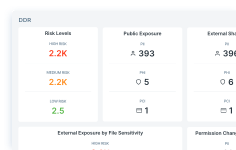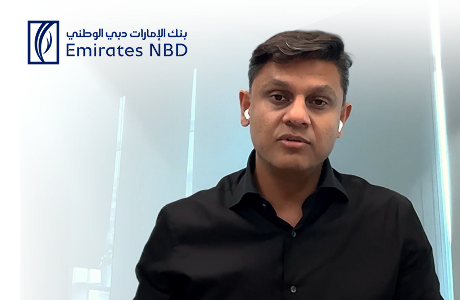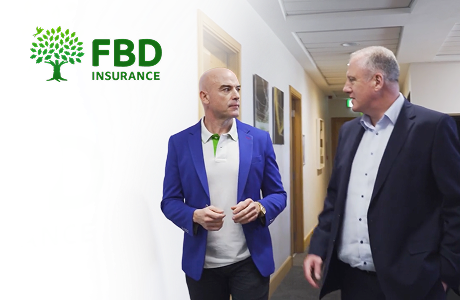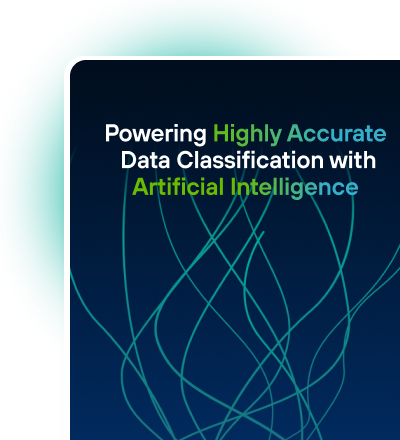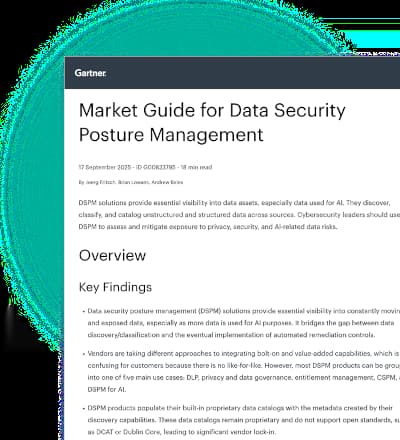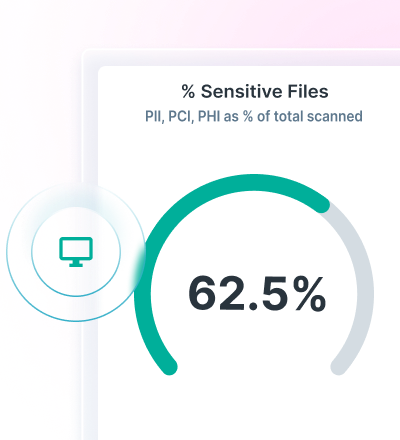Why Forcepoint DLP Beats Symantec
0 Minuten Lesezeit

Tuan Nguyen
In today’s work-from-anywhere reality where data flows across endpoints, cloud apps, web, email and networks, your DLP solution must see and control all of it. That’s where Forcepoint DLP pulls ahead. Unlike Symantec’s aging, rule-heavy architecture, Forcepoint delivers adaptive context-aware policy enforcement across every data channel from a single console, giving you visibility and control without getting in the way of legitimate work.
Where dynamic protection meets policy enforcement
Forcepoint’s advantage lies in its risk-adaptive protection; It provides context, is behavior-aware and built to respond in real time. Instead of static rules that over-block or miss context, Forcepoint continuously scores user behavior and automatically adjusts enforcement dynamically. This adaptive enforcement means reduced false positives and data security that doesn’t hinder productivity.
Symantec, in contrast, relies on rigid rule sets and manual tuning which creates more work for security teams and more room for error.
And Forcepoint doesn’t just react, it protects sensitive data with precision. It uses AI-powered data classification with multi-layered approach that includes NLP, OCR, and file fingerprinting, enabling accurate detection of over 900 file types and recognizing content even if filenames are altered.
One policy across every channel
Forcepoint DLP enforces a single policy across all channels: endpoint, network, cloud, web and email. No more fragmented rulesets or inconsistent enforcement. One policy engine to govern all channels, reducing both complexity and operational blind spots. Forcepoint's forensic tools provide a full timeline of how data was accessed, moved, or shared across channels. These insights not only strengthen investigations but also support audits and legal response when needed.
Symantec can’t claim the same, often requiring separate configurations and manual tuning per channel, increasing overhead and risk of policy drift.
Forcepoint wins on deployment too
Forcepoint DLP is faster to deploy and easier to maintain. With an intuitive interface, real-time dashboards, and over 1,700 built-in policies and templates for 160+ global compliance regions, Forcepoint accelerates time-to-value.. Security teams aren’t bogged down with policy configuration and maintenance, they’re focused on implementing a modern data security strategy. Symantec’s toolset often demands dedicated resources just to set it up and keep it running.
And when it comes to cloud readiness, Forcepoint is built for it. Forcepoint's flexibility supports on-prem, cloud, and hybrid deployments to meet customers where they are. Native integrations for Microsoft 365, Google Workspace, Box and more, it’s ready for today’s hybrid environments. Symantec, meanwhile, continues to play catch-up.
Forcepoint DLP understands context, adapts intelligently and scales effortlessly across all data channels. Compared to Symantec DLP, it’s not just an upgrade, it’s a fundamental shift in data protection capability.
Learn why industry analysts and users recognize Forcepoint DLP vs. the competition.

Tuan Nguyen
Mehr Artikel lesen von Tuan NguyenTuan Nguyen serves as Product Marketing Manager at Forcepoint with a focus on web and cloud security solutions for SASE applications. With over 10 years of industry experience in cloud security, data center networking, and web development across both large enterprise companies and start-ups. He is passionate about bringing enterprise solutions to market and shaping a more secure digital landscape for organizations.
- Why Companies Pick Forcepoint DLP Over Symantec DLP
In dem Artikel
 Why Companies Pick Forcepoint DLP Over Symantec DLPLearn More
Why Companies Pick Forcepoint DLP Over Symantec DLPLearn More
X-Labs
Get insight, analysis & news straight to your inbox

Auf den Punkt
Cybersicherheit
Ein Podcast, der die neuesten Trends und Themen in der Welt der Cybersicherheit behandelt
Jetzt anhören
